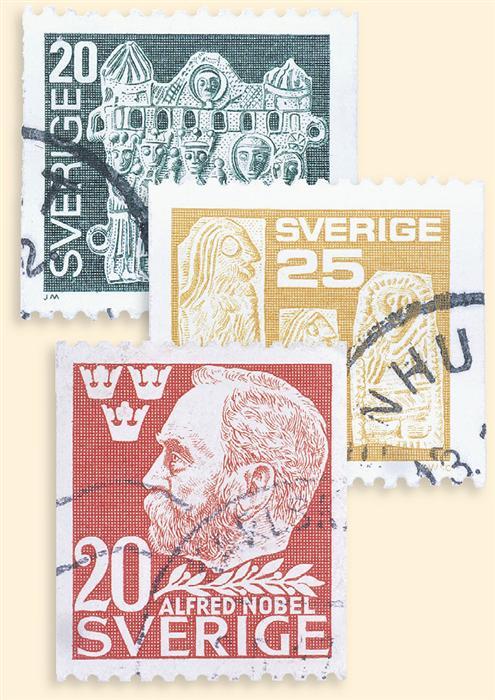Sign up for the Family Tree Newsletter Plus, you’ll receive our 10 Essential Genealogy Research Forms PDF as a special thank you!
Get Your Free Genealogy Forms
"*" indicates required fields
For Swedish roots researchers, the hits keep coming: Records have been popping up online at an impressive pace. First came Genline <www.genline.com>, which put 15 million images of Swedish church records online (see the June 2005 Family Tree Magazine). Now the Arkion Web site, known for its Swedish census records, has been folded into SVAR (Svensk Arkivinformation), a branch of the Swedish National Archives that handles the archives’ microfilm. The result is SVAR Riksarkivet <www.svar.ra.se>, a Web site that integrates Arkion’s databases with searches of SVAR’s resources, creating a clearinghouse for birth, marriage and death records, census data, church records and more.
Like Genline and the original Arkion, the combo site requires a subscription to access most of its databases, and pricey remains the operative word. An annual subscription costs about $150 in US funds. But SVAR also offers cheaper options, including 10 visits of three hours each ($38)and a simple single-visit pass for three consecutive hours ($6.50), which doesn’t even require messing with a username or password.
The most useful part of the site is the census database, which covers all counties for 1890 and 1900 plus a few northern counties from 1860,1870 and 1880; search results for 1900 are linked to images of the original records. Searching is fast and extremely flexible—you can fill in as much or as little as you want. The site also lets you select date ranges for the year of birth, and Exactly, Approx. Spelling, Starts With, Part Of or Sounds Like for names. It took me less than five minutes to find my great-great-grandparents’ 1890 and 1900 records, and my three-hour subscription was plenty to find all my collateral relatives who didn’t immigrate to America.
Keep in mind, though, that the bulk of Swedish immigration was over by 1890, so you may not have any ancestors in the censuses available here. (My great-great-grandparents, whose daughter left for America in 1881, barely made the database, as they died in 1895 and 1901.)
Different caveats apply to SVAR’s other databases: The birth index includes only 64 of Sweden’s nearly 2,700 parishes, and the marriage index covers 82. You may get lucky here, but I struck out completely. The death index covers only 1947 to 1967, and the inventory database includes court archives in only four counties. You also can try databases of Swedish seamen and 8,000 convicts, if your ancestors plied the waves or picked pockets.
The site’s village and farm database won’t be of much interest if you already know your ancestors’ parish and county. But if all you have is a reference to a farm, location unknown, this alone will be worth the price of admission, as it will unlock the riches of Swedish church records for you.
It’s trickier to make use of the site’s archive database search, which lets you probe SVAR‘s holdings by county for microfilm—which you can then buy or rent—as well as scanned images. Although the site tries to serve English-speaking customers, here especially you can get lost in Swedish pretty fast. Your local Family History Center (a branch of the Family History Library <www.familysearch.org> probably is an easier source for microfilmed records.
If you aren’t already paying for Gen-line, use SVAR‘s most exciting feature: its growing collection of church records, an essential tool for researching Swedish ancestors. SVAR doesn’t yet match Gen-line, which covers records from almost every parish, but new records are being added every month. You’ll need the free DjVu plugin from LizardTech <www.lizardtech.com> to view the scanned images, which load quickly on a modest broadband connection and display in remarkable clarity. It’s easy to zoom in and out, “flip” through pages and print your finds. (As with other ways to access these church records, though, there’s no search and no index of names—just brute-force paging through the handwritten records.)
SVAR is definitely worth a look and at least a three-hour investment, but be prepared for its limitations. As church records continue to be added, SVAR may become a true one-stop shopping site for Swedish research online.
From the June 2006 issue of Family Tree Magazine.
ADVERTISEMENT

